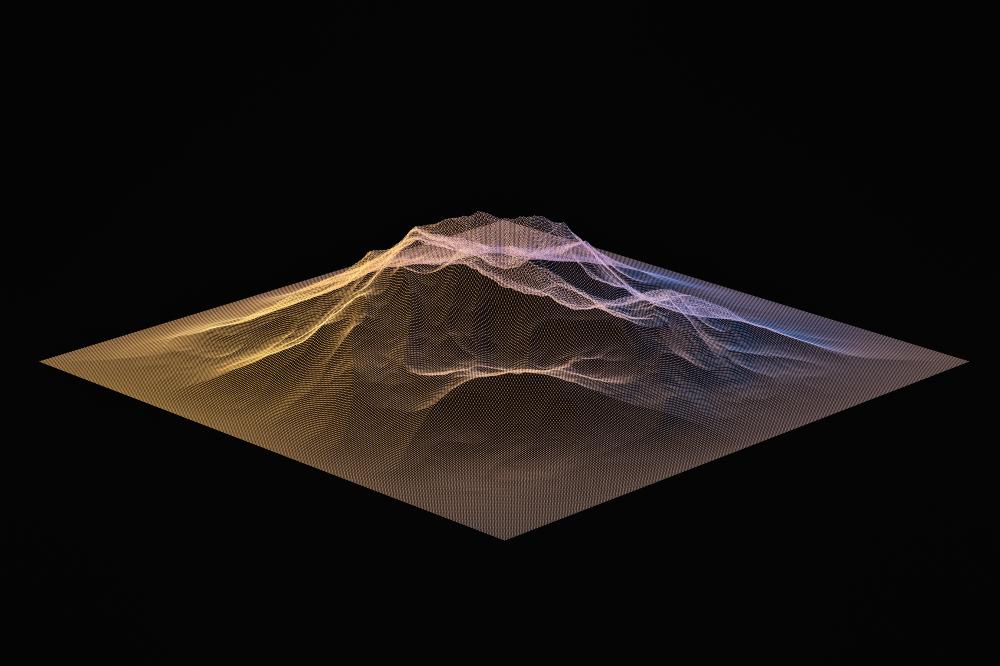
Introduction to LiDAR Technology
LiDAR technology, standing for Light Detection and Ranging, is a remote sensing method that uses laser light to measure variable distances to the Earth. This technology has revolutionized the field of topography, enabling the acquisition of precise geographical information even through dense vegetation. At Fly North, we have embraced LiDAR for its unmatched precision and efficiency, making topografia lidar colombia a cornerstone of our service offerings.
Applications of LiDAR in Colombia
Our journey with topografia lidar colombia began with the realization of its myriad applications. From infrastructure planning and construction to agriculture, forestry management, and even in the energy sector, the versatility of LiDAR technology has enabled us to meet diverse client needs. Each project we undertake is a testament to how LiDAR can navigate the unique challenges presented by Colombia’s varied landscapes.
Precision Agriculture
The application of topografia lidar colombia in precision agriculture has allowed farmers to optimize resources and increase yields. By mapping farm terrains with LiDAR, we provide data that helps in better soil management, irrigation planning, and crop monitoring. Our pilots, flying drones equipped with LiDAR sensors, collect data that helps farmers understand their lands in unprecedented detail.
Infrastructure and Urban Planning
Infrastructure development in Colombia has greatly benefited from our LiDAR services. Projects that require detailed topographical maps for planning, design, and construction have seen reduced costs and project times. LiDAR’s ability to provide detailed terrain models supports engineers and architects in envisioning and executing their projects with a higher level of precision.
Advantages of Utilizing LiDAR Technology
-
Highly accurate terrain data that penetrate through vegetation
-
Efficient data collection over large areas
-
Capability to produce 3D models for various applications
-
Reduction in time and cost compared to traditional survey methods
The Fly North Difference in Topografia LiDAR Colombia
At Fly North, our approach to topografia lidar colombia sets us apart. Our interdisciplinary team, equipped with state-of-the-art drones and LiDAR sensors, brings together expertise from various fields, including electronic engineering, environmental science, and geology. This diversity in skill sets enables us to tailor our LiDAR services to fit the specific needs of each client, ensuring high-quality, actionable data.
Our commitment to compliance with aviation regulations and safety standards ensures that all projects are carried out with utmost responsibility and security. This attention to detail and adherence to best practices is reflected in the trust and satisfaction of our clients across Colombia.
Challenges and Solutions in Topografia LiDAR Colombia
Despite its numerous advantages, implementing topografia lidar colombia is not without its challenges. The varied topography and dense vegetation of Colombia can pose significant obstacles to data collection. However, our team at Fly North has developed innovative solutions to overcome these challenges. By customizing flight plans and utilizing drones capable of penetrating dense canopy, we ensure comprehensive data collection, even in the most difficult terrains.
Another challenge is the processing and interpretation of vast amounts of data collected through LiDAR. Our solution involves advanced software and algorithms that efficiently process data, translating it into actionable insights for our clients. This not only saves time but also increases the accuracy of the results, enabling more informed decisions.
The Future of Topografia LiDAR in Colombia
As we look to the future, the potential for topografia lidar colombia continues to expand. The increasing accessibility of LiDAR technology promises even greater applications, from environmental conservation efforts to smart city development. At Fly North, we are excited to be at the forefront of this evolution, continuously exploring new ways to leverage LiDAR technology for the benefit of our clients and the wider community in Colombia.
In conclusion, topografia lidar colombia is more than just a service we offer at Fly North–it’s a commitment to innovation, quality, and excellence. Our experience and ongoing pursuit of excellence in geospatial services have made a significant impact across various sectors in Colombia. As the technology evolves, so too will our capabilities and the solutions we can provide, promising a bright future for topografia lidar colombia and for our clients who rely on this indispensable technology.

What is LiDAR and how does it revolutionize topography in Colombia?
LiDAR, standing for Light Detection and Ranging, is a cutting-edge remote sensing technology that uses laser light to measure distances to the Earth’s surface. In Colombia, this technology has been a game-changer for topography. Its ability to penetrate dense vegetation and provide highly accurate terrain data makes it an invaluable tool, especially given Colombia’s diverse and often challenging landscapes. For instance, envision a project requiring a detailed mapping of a densely forested area for environmental conservation. Traditional survey methods might struggle, but LiDAR can seamlessly gather the necessary data, revolutionizing how we approach these tasks.
From my experience, one of the most rewarding aspects of using LiDAR in Colombia has been witnessing its impact on projects ranging from agricultural development to urban planning. The precision it offers ensures not just efficiency but also sustainability in how projects are conceived and executed. Think of it as having a detailed blueprint of the land’s contours at your fingertips, allowing for more informed decision-making.
What are common misconceptions about LiDAR technology?
One common misconception about LiDAR is that it’s prohibitively expensive and only suitable for large-scale projects. While it’s true that initial investments can be significant, the efficiency, accuracy, and time savings it delivers can make it highly cost-effective in the long run. For instance, consider the cost-savings from avoiding construction delays because of unforeseen geological features, a scenario we’ve encountered and navigated successfully with LiDAR.
Another misconception is that LiDAR data is too complex to be useful. However, with today’s advanced software and algorithms, data processing translates into actionable insights more accessible than ever. In one of our projects, this translated to identifying optimal locations for renewable energy installations, showcasing how complexity can indeed be harnessed into clarity and value.
How is LiDAR used in precision agriculture in Colombia?
In the realm of precision agriculture, LiDAR has been nothing short of transformative. By providing detailed 3D maps of farm terrains, it assists farmers in optimizing resources and improving yields. For example, by understanding the subtle variations in field topography, farmers can tailor their irrigation strategies to prevent water wastage and ensure that crops receive the optimal amount of water. This direct application of LiDAR technology not only supports sustainable farming practices but also boosts productivity.
In our work with Colombian farmers, we’ve seen firsthand how LiDAR data can guide the strategic planting of crops according to the land’s natural contours, maximizing both land use and crop health. It’s a compelling fusion of traditional farming wisdom with cutting-edge technology.
What are the challenges of implementing LiDAR in Colombia and how does Fly North overcome them?
Implementing LiDAR in Colombia comes with its set of challenges, primarily due to the country’s varied topography and dense vegetation. However, at Fly North, we’ve turned these challenges into opportunities for innovation. By customizing flight plans and utilizing drones capable of penetrating dense canopy, we ensure thorough data collection across all types of terrain. This meticulous planning and execution mean that even in the most challenging environments, we deliver comprehensive and reliable data.
Another significant challenge is the processing and interpretation of the vast amounts of data collected. Here, our interdisciplinary team’s expertise comes into play. Using advanced software and algorithms, we efficiently process data, translating it into actionable insights. This approach not only saves time but also significantly improves the accuracy and usefulness of the data, enabling our clients to make more informed decisions.
What does the future hold for LiDAR technology in Colombia?
The future of LiDAR technology in Colombia is incredibly promising, with its applications only set to broaden. As the technology becomes more accessible, its potential for environmental conservation, smart city development, and even historical preservation becomes more apparent. At Fly North, we’re excited to be at the forefront of these developments, exploring new ways to leverage LiDAR technology for the benefit of our clients and the wider community.
For instance, consider the potential for LiDAR in monitoring and preserving Colombia’s rich archaeological sites or in managing urban sprawl more sustainably. The possibilities are vast, and as the technology evolves, so too will our capabilities and the solutions we provide. It’s a future we’re eagerly embracing, one where innovative geospatial solutions continue to drive progress and sustainability.
LiDAR Resources
- USDA Natural Resources Conservation Service – LiDAR Data: The USDA provides LiDAR data for various applications in natural resource conservation and management.
- FAA – Become a Drone Pilot: The Federal Aviation Administration offers information on becoming a certified drone pilot for conducting LiDAR surveys.
- ESRI – What is GIS?: ESRI provides resources on Geographic Information Systems, which are often used in conjunction with LiDAR technology.


